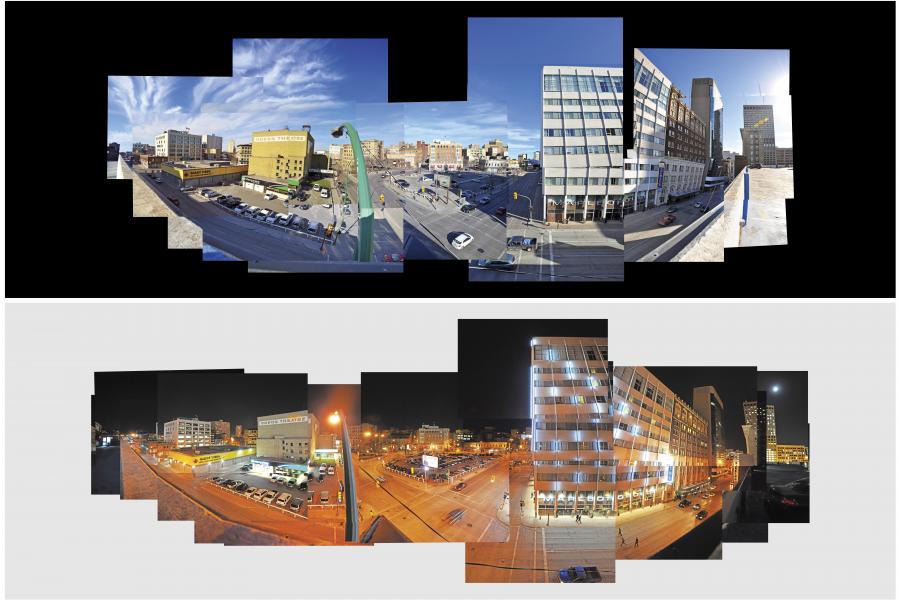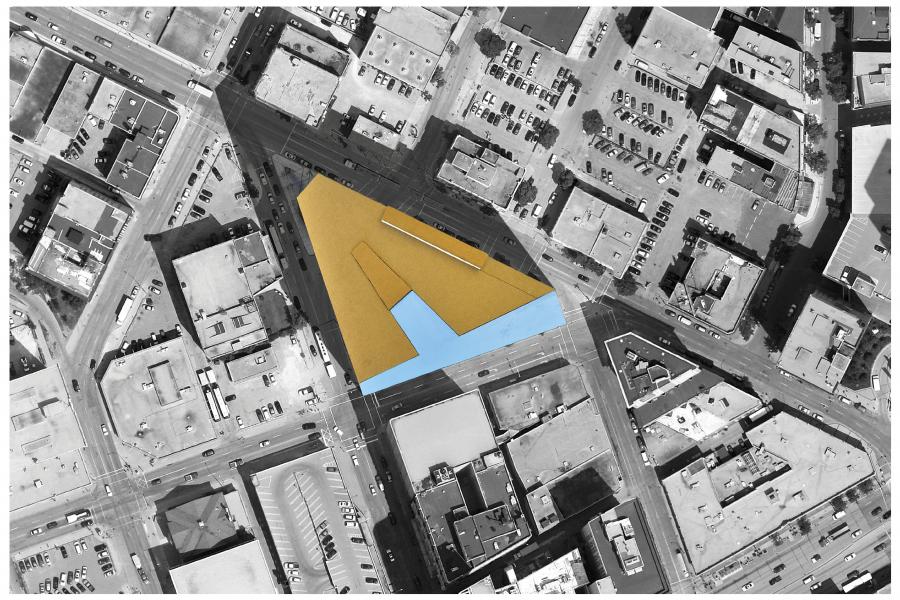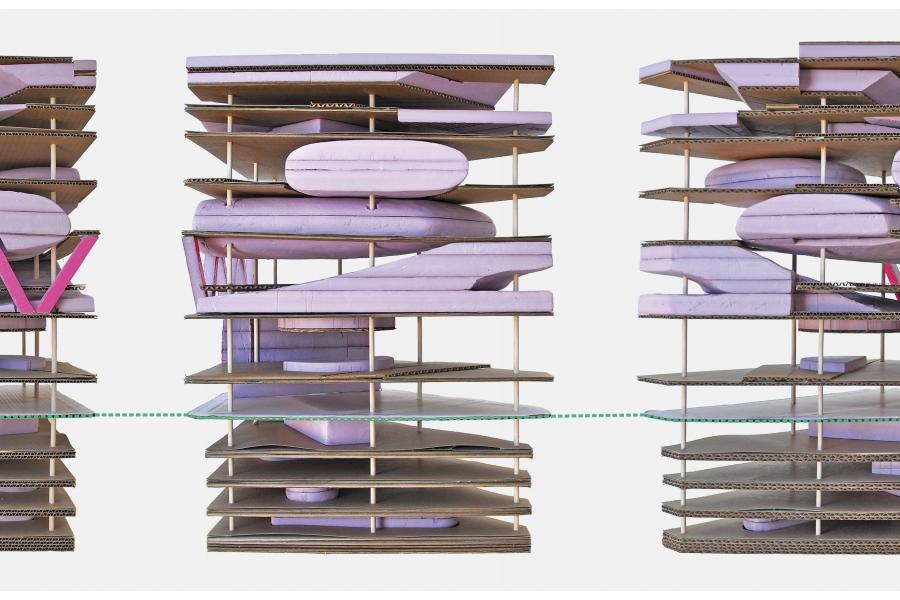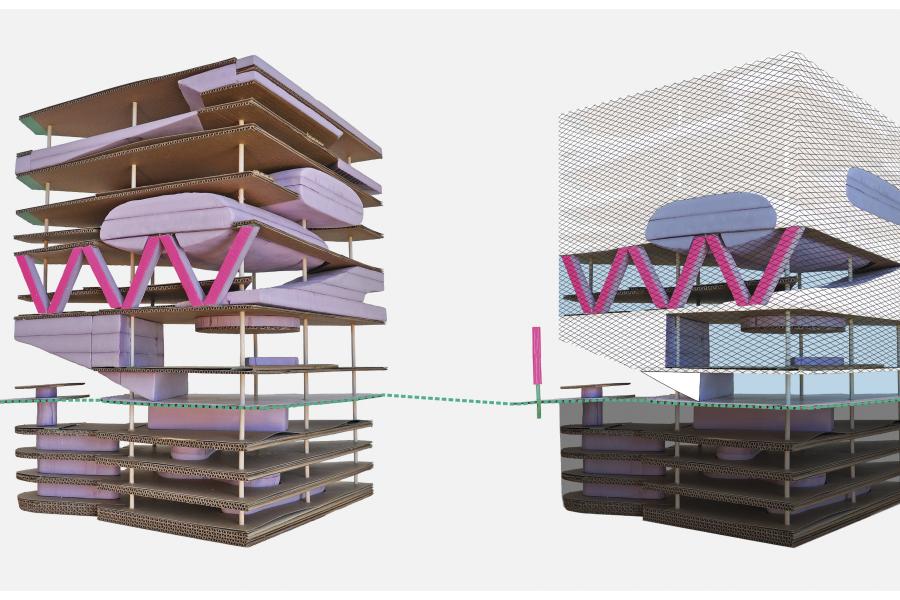Jonathan Granke
Advisor: Eduardo Aquino





SUPERPUBLIC
The title of this design thesis project is superpublic. The project is named superpublic because it has focused upon the creation of an extremely public building with the intention of generating and facilitating genuine collective experiences of architecture and the city.
CONVENTIONAL
Conventionally, reference to a public building raises thoughts of specific kinds of structures: city hall and the concert hall, the gallery and the museum, the library and the school, the market and the mall. Public buildings operate in the vertical dimension: their primary condition is architectural. Conversely, reference to a public space raises thoughts of particular kinds of places: the boulevard and the street, the beach and the boardwalk, the park and the waterfront, the plaza and the square. Public spaces operate in the horizontal dimension: their primary condition is landscape and urbanism.
UNCONVENTIONAL
Unconcerned with typical ways of thinking and making public things, superpublic concerns itself with thinking and making things public. Re-examining and re-interpreting the idea of a public building - what a public building is and what a public building does - superpublic refuses the conventional separation between the traditional typologies of public building and public space. Understanding both terms in a much broader sense, superpublic works to collapse the distinctions between public building and public space, architecture and landscape and urbanism, building and city, into an unconventional prototype, a combined construction located within the margins of the architectural project.
POTENTIAL
In superpublic, a public building has the potential to become a public work, a piece of public infrastructure, and a public service for the general public. In superpublic, a public building becomes fully and freely open to all, to the people as a whole, to the public body. In superpublic, a public building seeks ways to intensify and magnify public life in the public realm.
CAPACITY
Superpublic expands architecture’s relationship with and role within the city. While learning from landscape and urbanism to imagine architectural space more analogous to the space of the city, superpublic takes the position that the rights and responsibilities for the thinking and making of meaningful public space do not lie solely within the disciplines of landscape and urbanism but that architecture too possess this capacity.
TWINS
In superpublic, architecture and the city manifest as urban twins: one as an interior urbanism and the other as an exterior urbanism. Both in the city as a city part and of the city as a part of the city, superpublic is simultaneously an autonomous architectural project and an extension of urban space.
